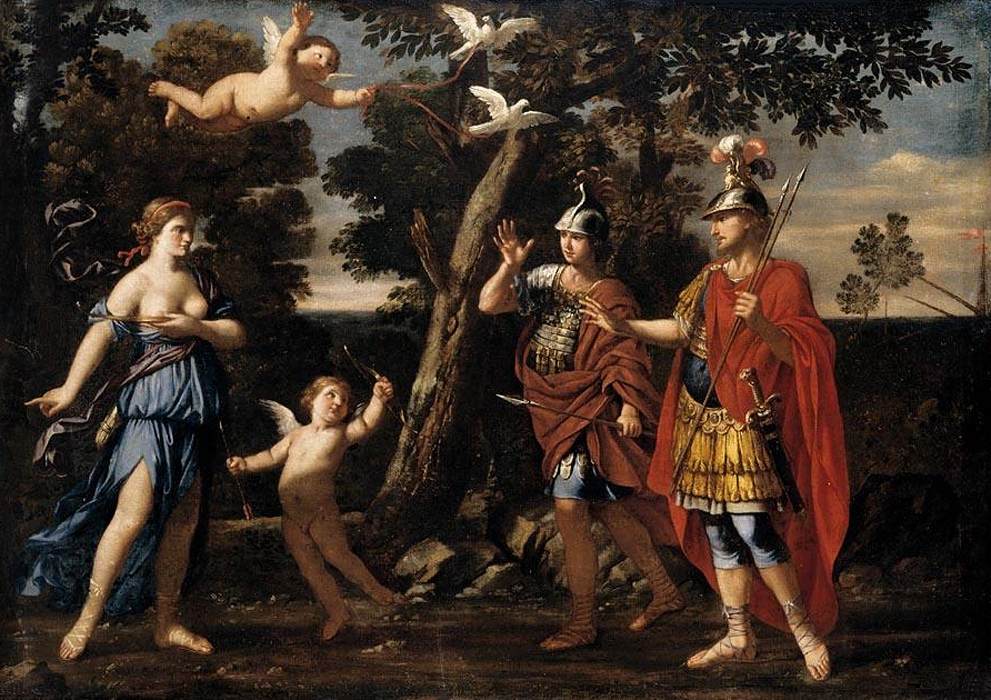Giacinto Gemignani on:
[Wikipedia]
[Google]
[Amazon]

 Giacinto Gimignani (1606 – December 9, 1681) was an Italian painter, active mainly in Rome, during the
Giacinto Gimignani (1606 – December 9, 1681) was an Italian painter, active mainly in Rome, during the
Web Gallery of Art Biography
{{DEFAULTSORT:Gimignani, Giacinto 1606 births 1681 deaths People from Pistoia 17th-century Italian painters Italian male painters Italian Baroque painters Fresco painters

 Giacinto Gimignani (1606 – December 9, 1681) was an Italian painter, active mainly in Rome, during the
Giacinto Gimignani (1606 – December 9, 1681) was an Italian painter, active mainly in Rome, during the Baroque
The Baroque (, ; ) is a style of architecture, music, dance, painting, sculpture, poetry, and other arts that flourished in Europe from the early 17th century until the 1750s. In the territories of the Spanish and Portuguese empires including t ...
period. He was also an engraver in aquaforte.
Biography
Gimignani was born inPistoia
Pistoia (, is a city and ''comune'' in the Italian region of Tuscany, the capital of a province of the same name, located about west and north of Florence and is crossed by the Ombrone Pistoiese, a tributary of the River Arno. It is a typi ...
, where his father, Alessio (1567–1651) was also a painter and former pupil of Jacopo Ligozzi. Gimignani had been patronized by the prominent Guido Rospigliosi, Cardinal Secretary of State, and descendant of prominent Rospigliosi family of Pistoia.
By 1630 his father arranged for him to travel to Rome, where he is said to have begun training under Poussin, and by 1632 transferring to work under Pietro da Cortona
Pietro da Cortona (; 1 November 1596 or 159716 May 1669) was an Italian Baroque painter and architect. Along with his contemporaries and rivals Gian Lorenzo Bernini and Francesco Borromini, he was one of the key figures in the emergence of Roman ...
. Luigi Lanzi describes that he learned design from the former, and color from the latter.
In Rome, his first known work is the fresco of the ''Rest on the Flight to Egypt'' (1632), a lunette in the chapel of the Palazzo Barberini. He competed with Camassei and Maratta
Carlo Maratta or Maratti (13 May 162515 December 1713) was an Italian painter, active mostly in Rome, and known principally for his classicizing paintings executed in a Late Baroque Classical manner. Although he is part of the classical tradition ...
for fresco commissions, including the fresco of the ''Vision of the Cross by Constantine the Great'' in the ambulatory of the baptistery of San Giovanni in Laterano
The Archbasilica Cathedral of the Most Holy Savior and of Saints John the Baptist and John the Evangelist in the Lateran ( it, Arcibasilica del Santissimo Salvatore e dei Santi Giovanni Battista ed Evangelista in Laterano), also known as the Papa ...
. He completed this work under the guidance of Andrea Sacchi. In 1648 he assisted Cortona in the decoration of the Palazzo Pamphili in Rome. He developed a classical style befitting the grand manner style developing in Rome. Among other works in Rome, he painted a ''San Pio'' for the church of San Silvestro al Quirinale, a ''Martyrdom'' canvas for the church of Santa Maria a Campo Santo. In Perugia, for the Benedictine church, he painted a ''St Benedict meets Totila, King of the Goths''.
He joined the Accademia di San Luca in 1650. He married the daughter of the painter Alessandro Turchi
Alessandro Turchi (1578 – 22 January 1649) was an Italian painter of the early Baroque, born and active mainly in Verona, and moving late in life to Rome. He also went by the name Alessandro Veronese or the nickname ''L'Orbetto''. His style ...
of Verona. He spent his last years back in Tuscany. In Pistoia, are a number of paintings in the Museo Clemente Rospigliosi
The Palazzo Rospigliosi a Ripa del Sale or Rospigliosi sulla Ripa is a former aristocratic palace located at Via Ripa del Sale number 3 in central Pistoia, Tuscany, Italy. The location is in a small alley adjacent to the Pistoia Cathedral, within ...
, including the ''Meeting of Venus and Adonis'' and ''The brothers show Joseph's bloody coat to Jacob''.
The Fondazione Cassa di Risparmio di Pistoia e Pescia
Cassa di Risparmio di Pistoia e della Lucchesia (literally ''The Savings bank of Pistoia and Lucchesia''; known as Caripistoia, Caript or just CRPT in short) is an Italian regional bank based in Pistoia, Tuscany. The bank was a subsidiary of Banca ...
was the owner of ''Venus Awakened by Cupid'', ''Olindo e Sophronia'', ''Venus, Cupid and Time'', ''Venere e amore'', ''Olindo e Sofronia'' and ''La verità che scopre il tempo''.
His son Ludovico Gimignani
Ludovico Gimignani (1643 – 26 June 1697) was an Italian painter, who is mainly known for his altarpieces for churches in Rome.
Biography
Ludovico was born in Rome as the son of the painter Giacinto (1611–1681). His father was one of the mai ...
is also known for his fresco work in Rome.
References
External links
*Web Gallery of Art Biography
{{DEFAULTSORT:Gimignani, Giacinto 1606 births 1681 deaths People from Pistoia 17th-century Italian painters Italian male painters Italian Baroque painters Fresco painters